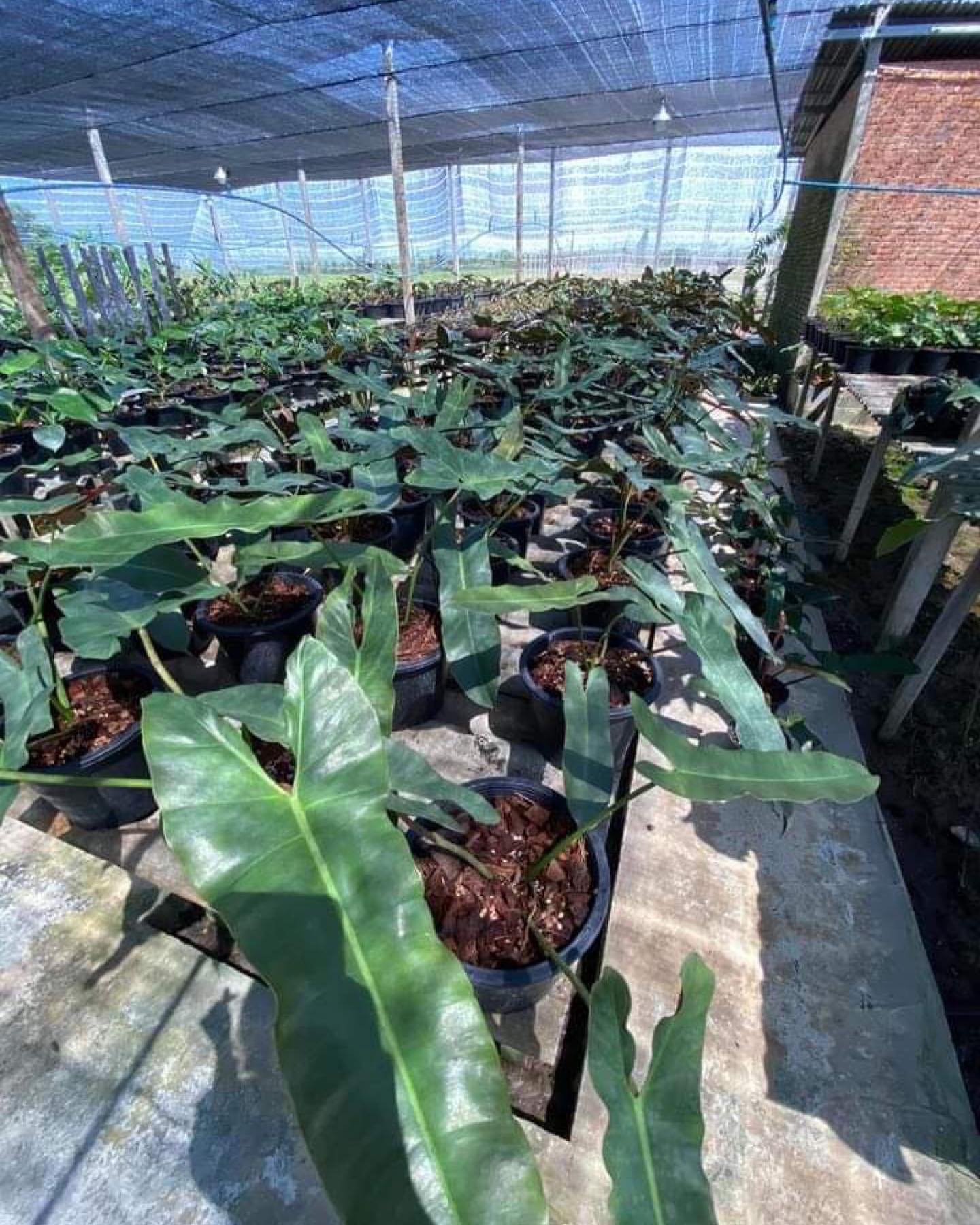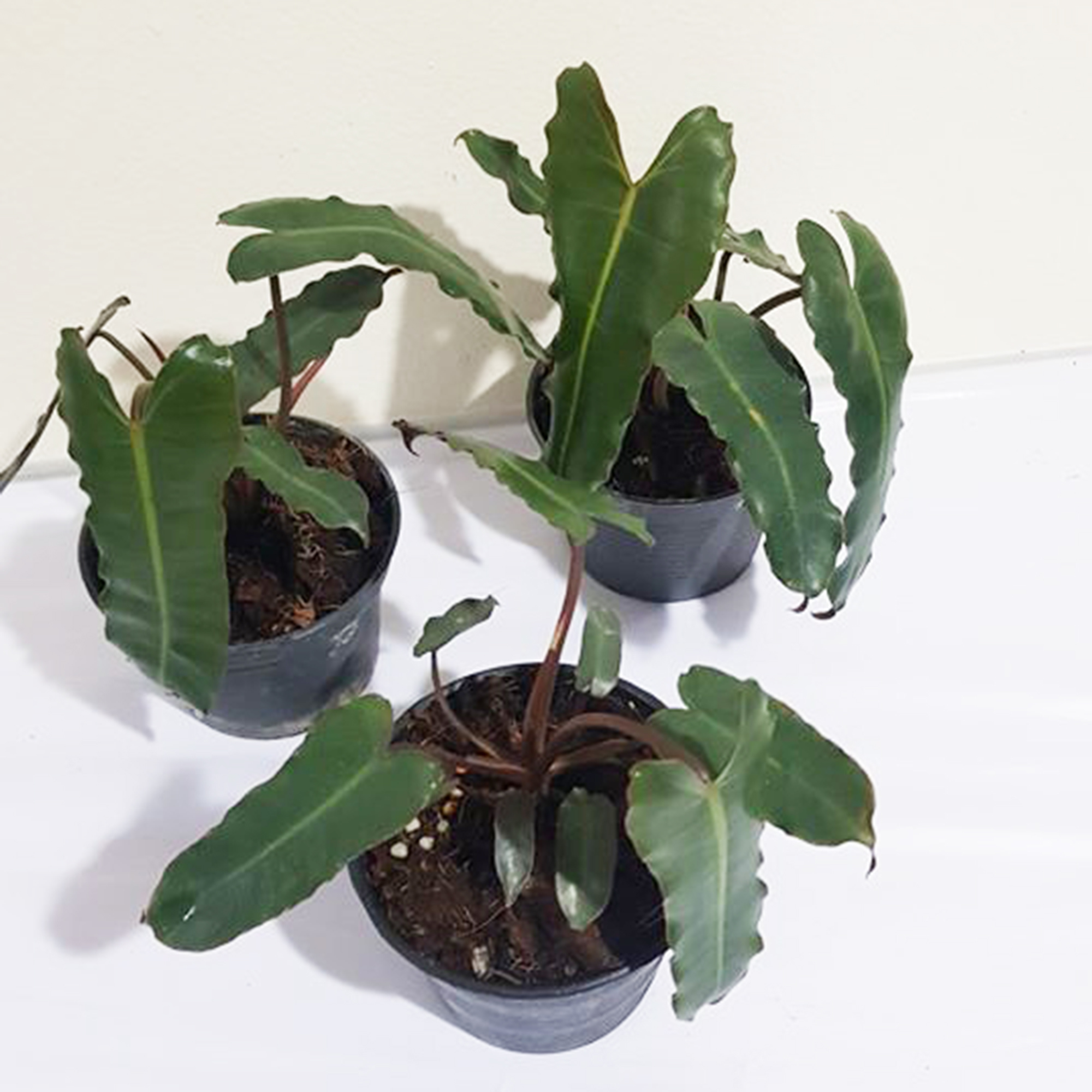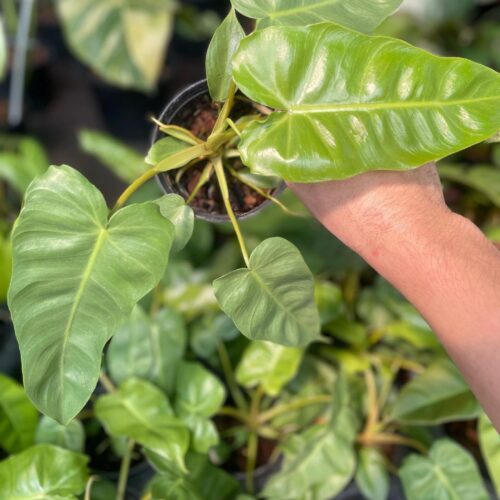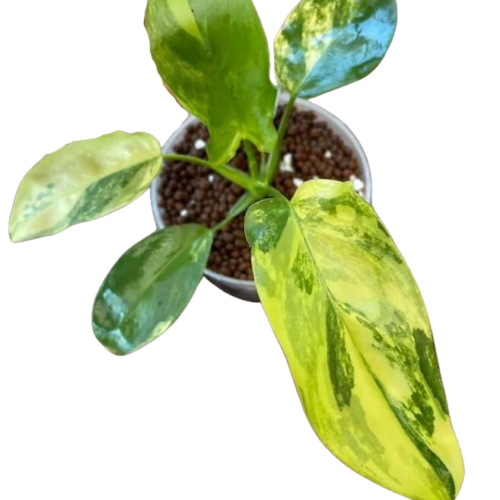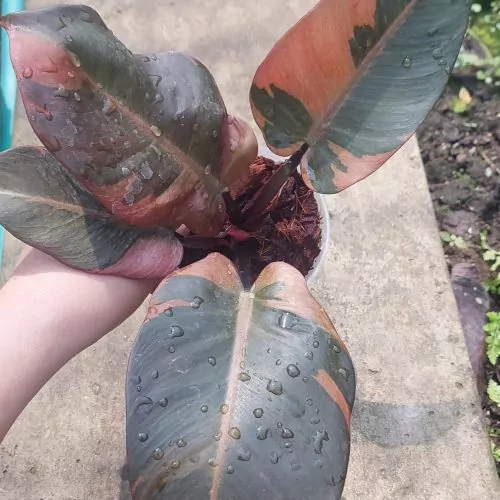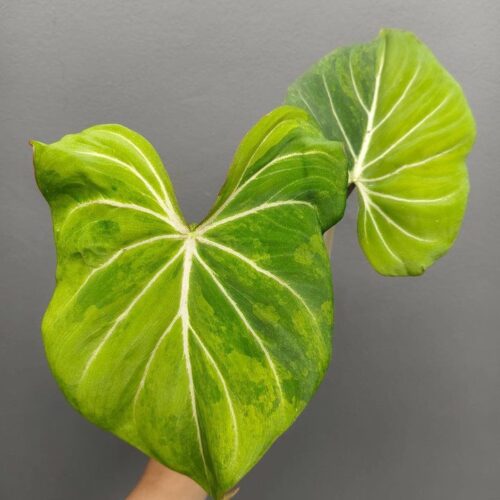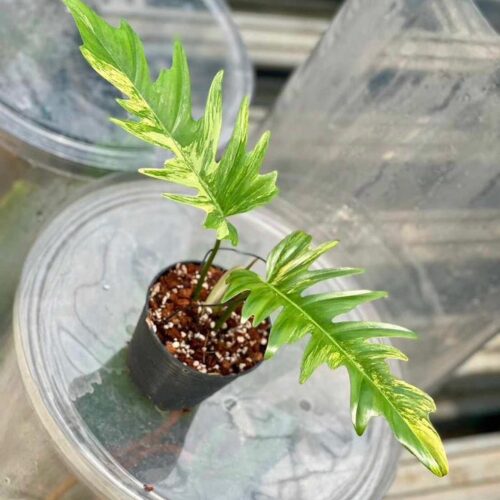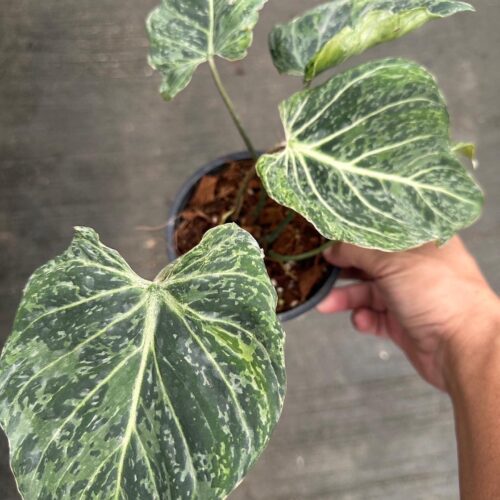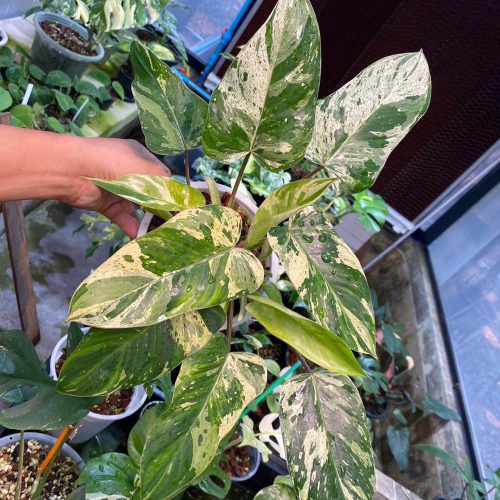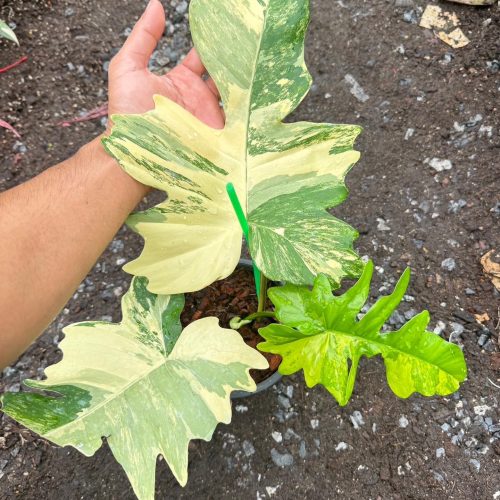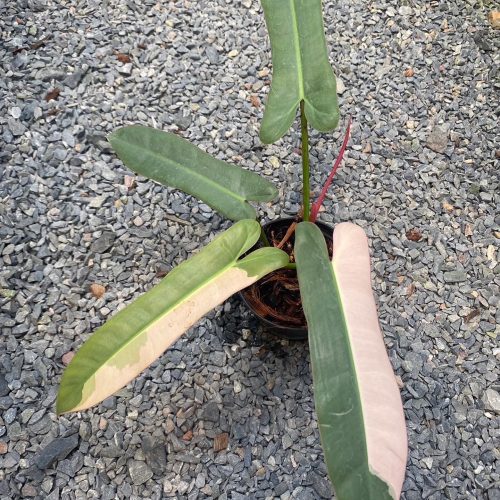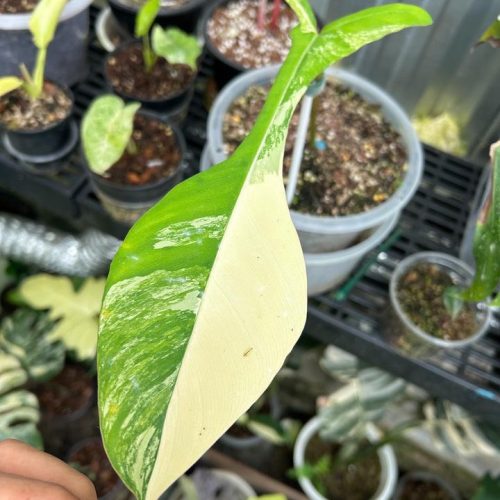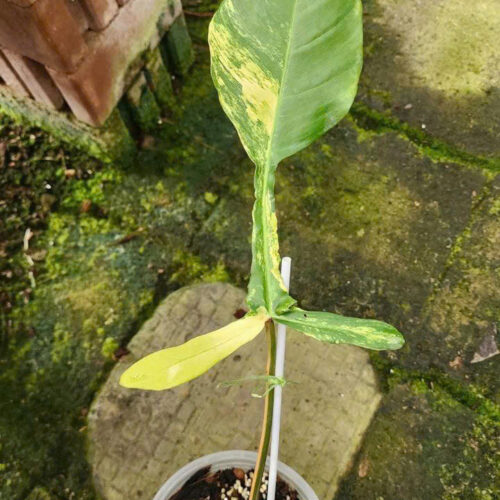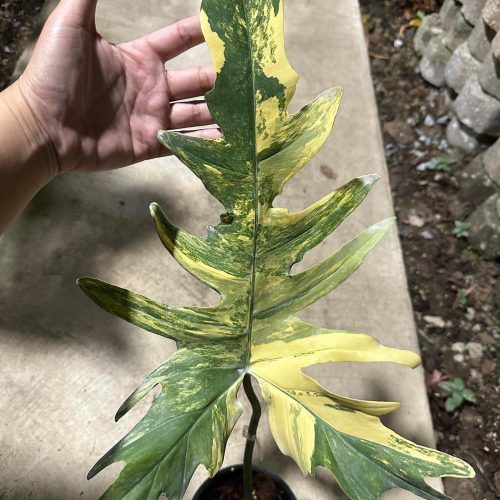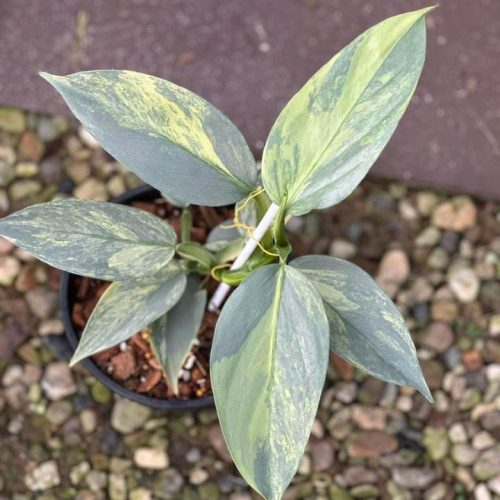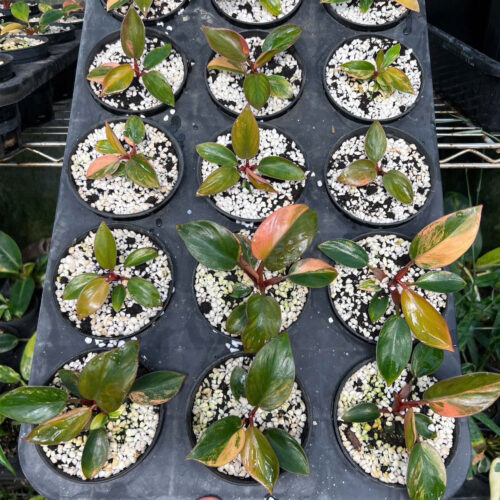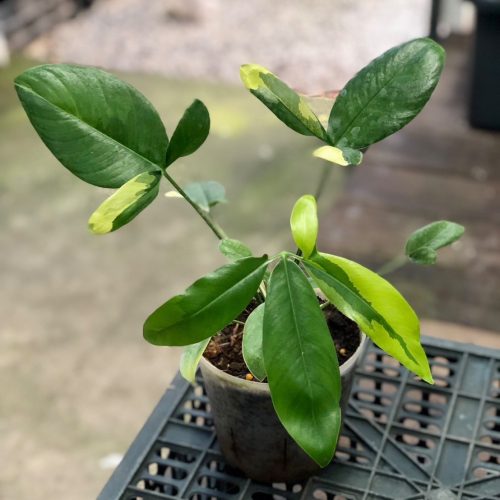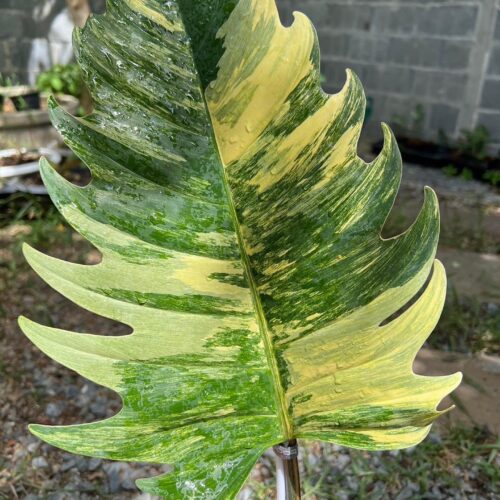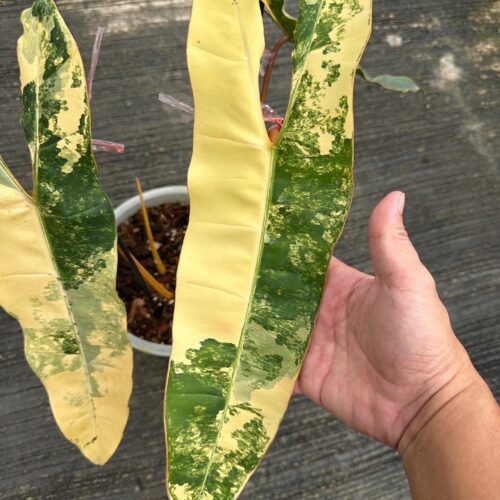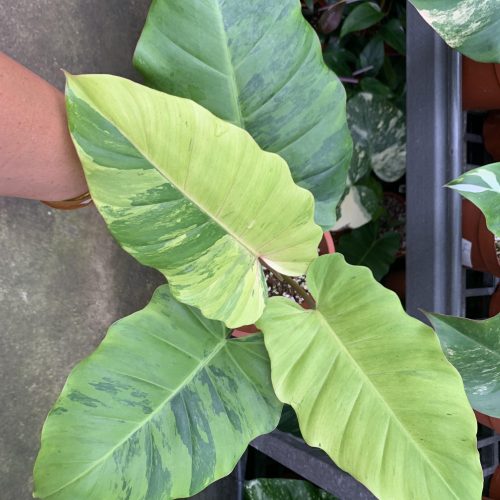The Philodendron Atabapoense is a beautiful and rare climbing aroid that originates from the Amazon rainforest. This exotic plant has intricately cut, elongated, heart-shaped leaves that emerge in a vibrant green and mature to a dark green. Read on to discover 4 unique tips to help your Philodendron Atabapoense thrive!
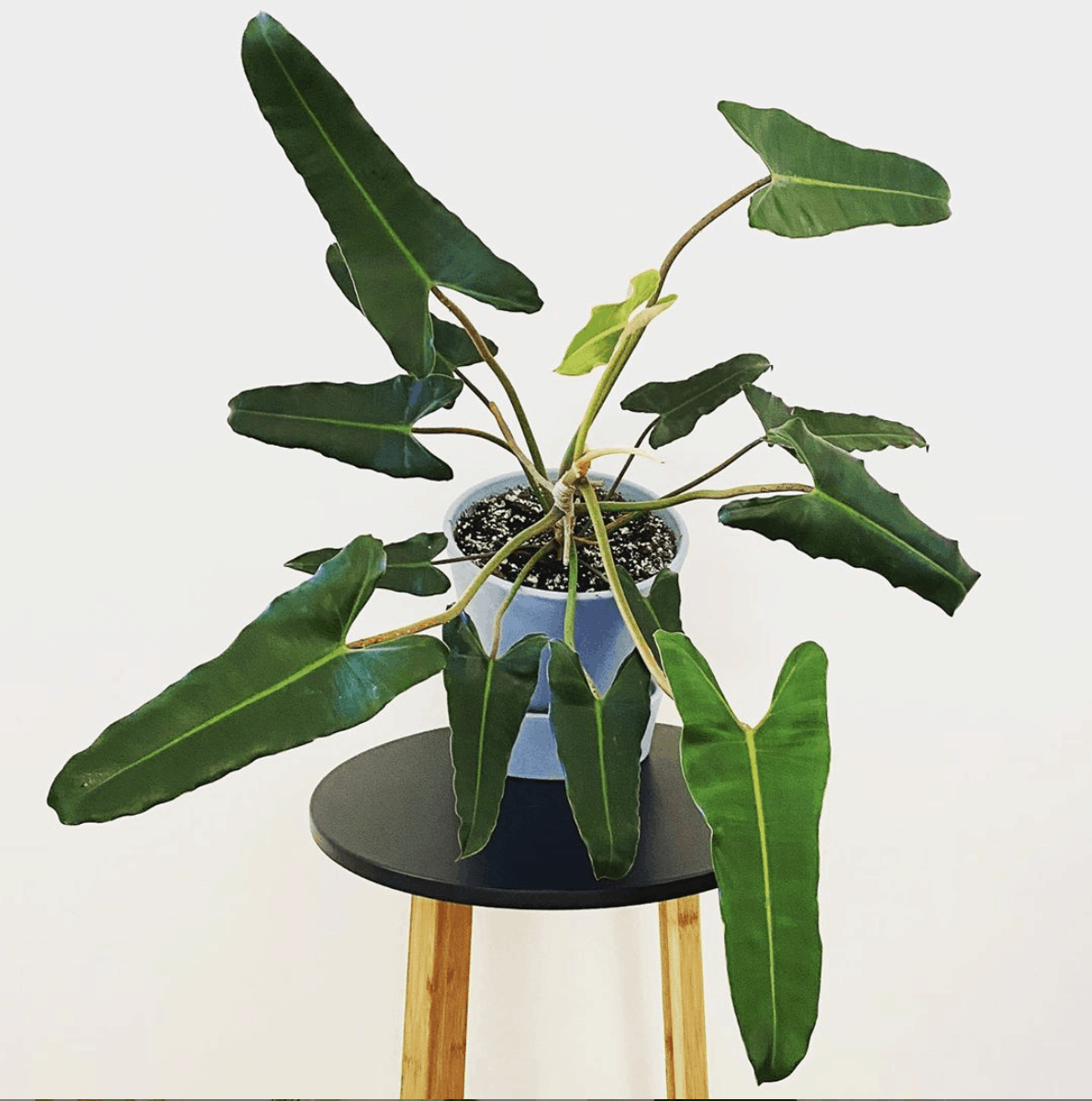
| Care Aspect | Details |
|---|---|
| Temperature | – Thrives in 65-80°F (day) and around 60°F (night). Avoid cold drafts and heating vents. |
| Humidity | – Prefers 60-80% humidity. Use a pebble tray or humidifier. Occasionally mist leaves. |
| Watering | – Allow top inch of soil to dry out between waterings. Water thoroughly, avoid soggy soil. |
| Fertilizer | – Monthly feeding in growing season with diluted liquid fertilizer. Avoid over-fertilizing. |
Light Requirements
The Philodendron Atabapoense thrives in bright, indirect light or partial shade. Here are some light tips:
| Aspect | Details |
|---|---|
| Preferred Light | Bright, indirect light or partial shade |
| Placement Tips | Near a bright west or east facing window; avoid direct southern exposure |
| Indoor Lighting | Bright, up to 500 foot-candles (fc) |
| Response to High Light Levels | Leaves scorch; move to shade if leaves turn yellow or brown |
| Supplemental Lighting | Use a grow light in darker locations; 6500K (photosynthetic) bulb recommended |
| Direct Sunlight | Avoid; can burn the foliage |
| Ideal Conditions | Dappled light, shade houses, or use of sheer curtains |
Keep leaves out of direct sunlight which can burn the foliage. Dappled light, shade houses, or sheer curtains are ideal.
Growth Rate
The Philodendron Atabapoense is a moderately fast growing vining plant. Here’s what to expect:
| Feature | Detail |
|---|---|
| Growth Pattern | Moderately fast growing vining plant |
| Annual Growth (As a Vine) | Up to 3 feet per year |
| New Leaves Production | 3-5 new leaves per vine during the active growing period |
| Mature Height | Around 10 feet tall with proper support |
| Growth Variation by Season | Slows in winter; resumes in spring with increased sunlight and temperatures |
Provide a moss stick, pole, or trellis for support. Trim off excess length to manage size. Mist often and fertilize in spring and summer for optimal growth.
“Discover the unique beauty of the Philodendron Atabapoense! Click the link to bring this exotic plant into your home today.”
Problems
Here are some common problems and solutions for Philodendron Atabapoense care:
| Problem | Description | Solution |
|---|---|---|
| Leaf Spots | Small brown/black spots on leaves caused by bacteria or fungi. | Improve air circulation and water at soil level to prevent. Remove affected leaves. |
| Leaf Curling | Curled, crispy leaves result from low humidity. | Increase humidity levels and mist leaves. |
| Leaf Yellowing | Yellow leaves may indicate overwatering or insufficient light. | Allow soil to partly dry out and provide brighter filtered light. |
| Root Rot | Overwatering causes soggy soil and root rot. | Allow soil to dry out and water less. Repot if needed with fresh potting mix. |
Propagation
The Philodendron Atabapoense propagates easily through stem cuttings in water or soil:
| Step | Instructions |
|---|---|
| Propagation | The Philodendron Atabapoense propagates easily through stem cuttings in water or soil: |
| 1. | Take 4-6 inch cuttings from a mature stem with a few leaves. |
| 2. | Remove lower leaves and place in water or moist potting mix. |
| 3. | Keep warm and humid until new roots emerge in 4-8 weeks. |
| 4. | Plant in soil once rooted. Keep newly planted cuttings shaded until established. |
The plant rarely produces offsets suitable for division. Tissue culture is sometimes used for commercial propagation.
Types
There are a few cultivars of Philodendron Atabapoense available:
| Type | Description |
|---|---|
| ‘Atabapoense’ | The classic heart-shaped green leaves. |
| ‘Red Atabapoense’ | New leaves emerge deep burgundy before maturing to green. |
| ‘Black Atabapoense’ | Very dark green, near black foliage. |
| ‘Atabapoense Variegata’ | Leaves variegated with creamy yellow. |
All share similar care needs but the variegated types require brighter light to maintain the leaf patterns.
Size
Given proper support, the Philodendron Atabapoense grows vigorously as a vining plant, reaching around 10 feet high at maturity.
| Size | Description |
|---|---|
| 3 feet or longer each year | Produces trailing stems. |
| Around 10 feet tall as a houseplant with support | Matures to around 10 feet tall when provided with support. |
| Up to 20 feet tall in ideal greenhouse conditions | Can reach up to 20 feet tall under ideal greenhouse conditions. |
| Manage size through pruning | Trim off excess length of leggy stems. |
A single specimen plant makes an impressive display in a bright room with adequate vertical space. For containers, provide a sturdy moss pole for support and prune to maintain size under control.
Where to buy Philodendron Atabapoense? Benefits from importing plants from Thailand
- Shipping: Door to door shipping, fast and safe with Dragon Courier
- Biodiversity: Thailand is known for its rich biodiversity, including a wide variety of aroid species. This diversity allows importers to access a broad range of unique and exotic aroid plants.
- Quality and Health of Plants: The suitable climate helps the plants grown here stay healthy and of high quality.
- Cost-Effectiveness: Due to favorable growing conditions and efficient production methods, Thai aroid plants can often be more cost-effective compared to those from other countries.
- Access to Hybrid Varieties: Thai growers are often involved in the development of new hybrid aroid varieties, offering unique plants that may not be available from other sources.
Philodendron species are the most sought after by aroid plant lovers
FAQs
| FAQs | Answers |
|---|---|
| How toxic is Philodendron Atabapoense? | Like many aroids, the Philodendron Atabapoense contains insoluble calcium oxalate crystals that can cause skin and mouth irritation if ingested. Keep out of reach of pets and children. |
| Why are my leaves small and far apart? | Insufficient light causes Philodendrons to produce smaller, more spaced out leaves. Provide brighter filtered light to encourage larger, lusher growth. Fertilize regularly in the growing season. |
| Why are the leaf tips turning brown? | Brown crispy leaf tips often result from low humidity and underwatering. Increase humidity around the plant and water thoroughly. |
| Should I mist my Philodendron Atabapoense? | Occasional misting helps increase humidity around the foliage. But avoid wetting the leaves excessively as it may promote bacterial or fungal leaf diseases. |
| Why is my plant declining? | Yellowing leaves, leaf drop, and lack of new growth usually indicate cultural issues. This may be due to improper watering, low light, low humidity, or incorrect temperatures. Assess your care regimen and make adjustments as needed. |
Conclusion
With its showy elongated leaves in shades of green, the Philodendron Atabapoense makes a striking addition to indoor collections. Caring for this tropical rainforest native requires warm, humid conditions and filtered light. Provide a trellis for support as its vines can grow quite long. Propagate new plants from stem cuttings. Maintain healthy growth through correct watering, humidity, light, and nutrition. Take steps to prevent and treat pest or disease issues promptly. With the proper care, the Philodendron Atabapoense’s graceful, lush foliage will flourish indoors.

